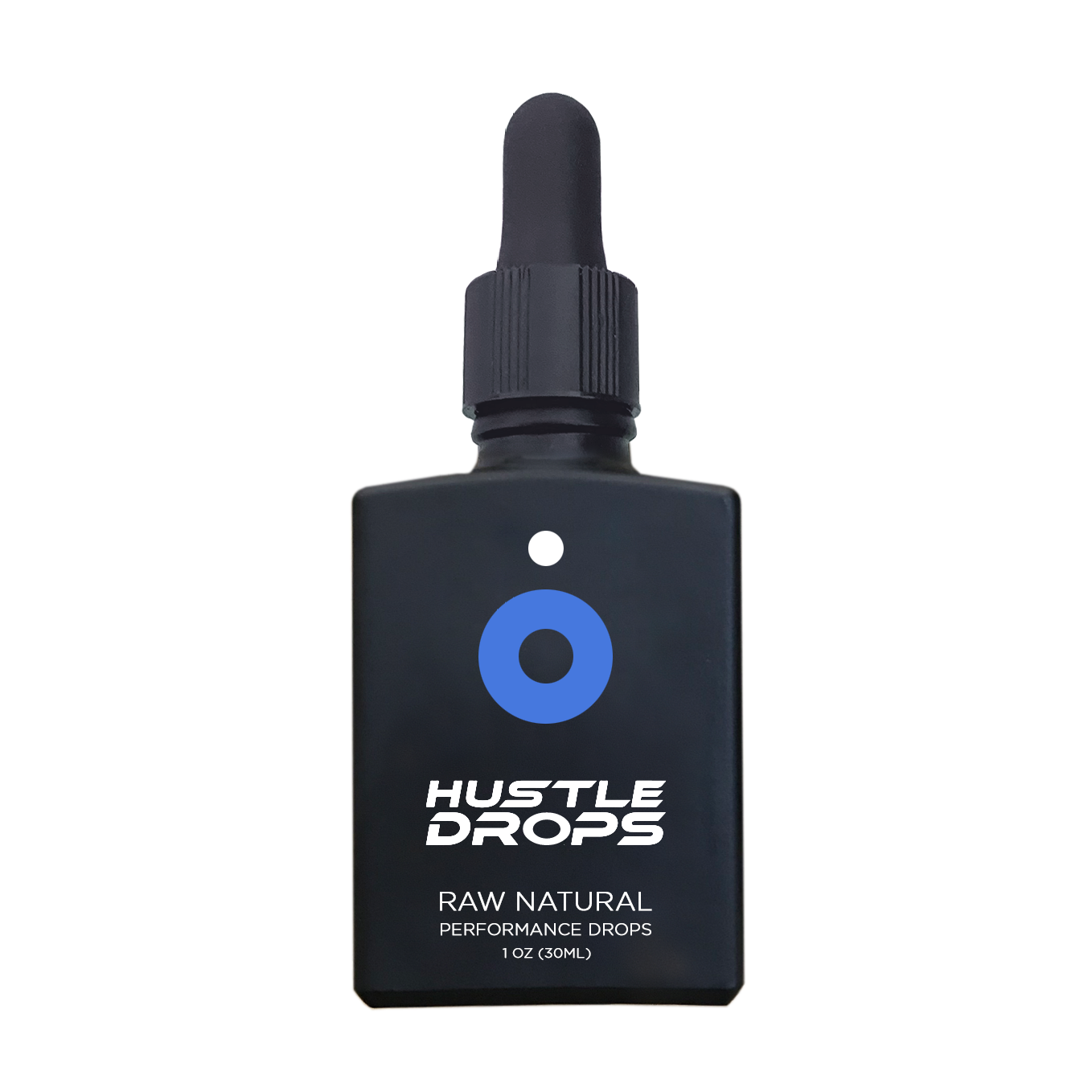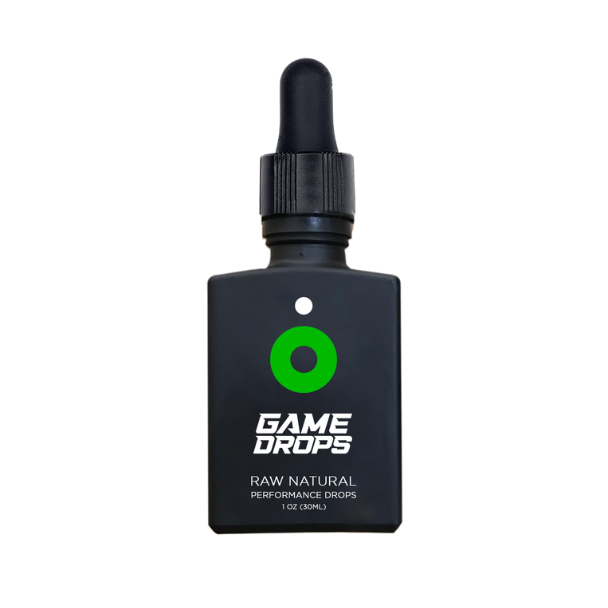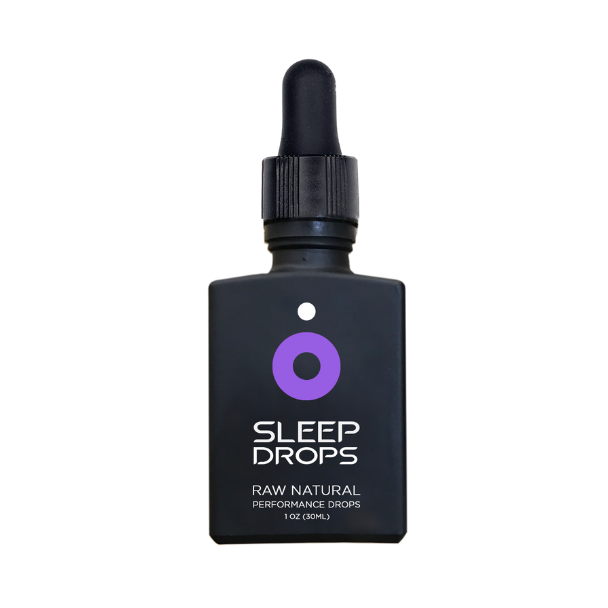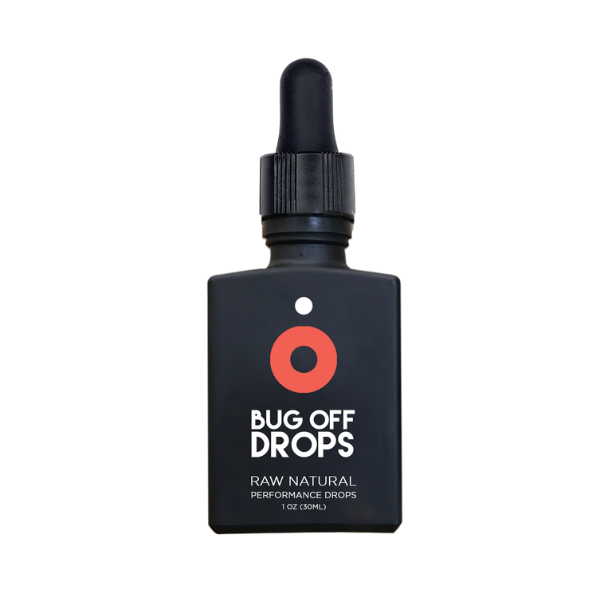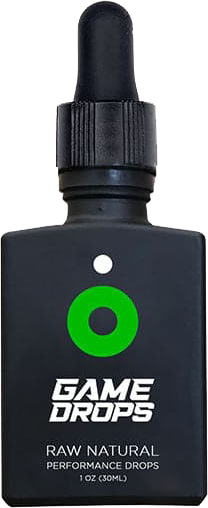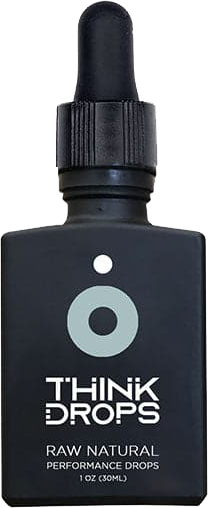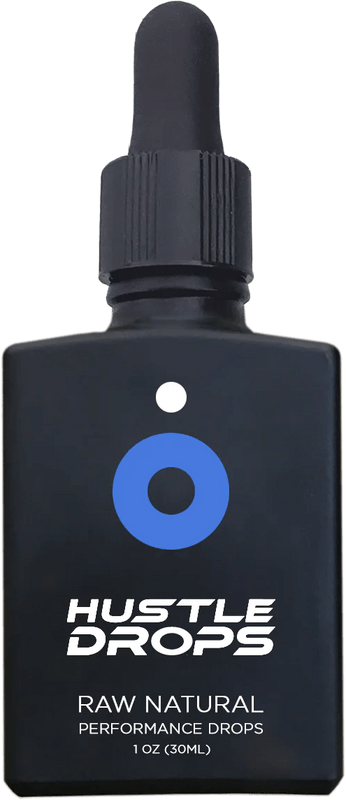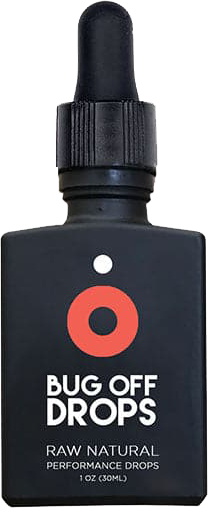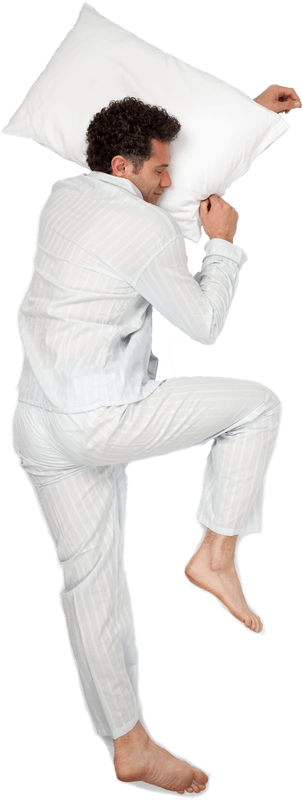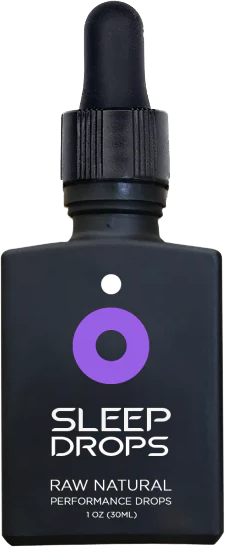Mode of action and toxicological effects of the sesquiterpenoid, nootkatone, in insects

"Taken together, these data suggest nootkatone toxicity in D. melanogaster is mediated through GABA receptor antagonism."
Abstract:
"Nootkatone, a sesquiterpenoid isolated from Alaskan yellow cedar (Cupressus nootkatensis), is known to possess insect repellent and acaricidal properties and has recently been registered for commercial use by the Environmental Protection Agency. Previous studies failed to elucidate the mechanism of action of nootkatone, but we found a molecular overlay of picrotoxinin and nootkatone indicated a high degree of structural and electrostatic similarity. We therefore tested the hypothesis that nootkatone was a GABA-gated chloride channel antagonist, similar to picrotoxinin. The KD50 and LD50 of nootkatone on the insecticide-susceptible strain of Drosophila melanogaster (CSOR) showed resistance ratios of 8 and 11, respectively, compared to the cyclodiene-resistant strain of RDL1675, indicating significant cross-resistance. Nootkatone reversed GABA-mediated block of the larval CSOR central nervous system; nerve firing of 78 ± 17% of baseline in the CSOR strain was significantly different from 24 ± 11% of baseline firing in the RDL1675 strain (p = 0.035). This finding indicated that the resistance was expressed within the nervous system. Patch clamp recordings on D. melanogaster central neurons mirrored extracellular recordings where nootkatone inhibited GABA-stimulated currents by 44 ± 9% at 100 μM, whereas chloride current was inhibited 4.5-fold less at 100 μM in RDL1675. Taken together, these data suggest nootkatone toxicity in D. melanogaster is mediated through GABA receptor antagonism."
Full Study: https://www.sciencedirect.com/science/article/abs/pii/S0048357522000529
